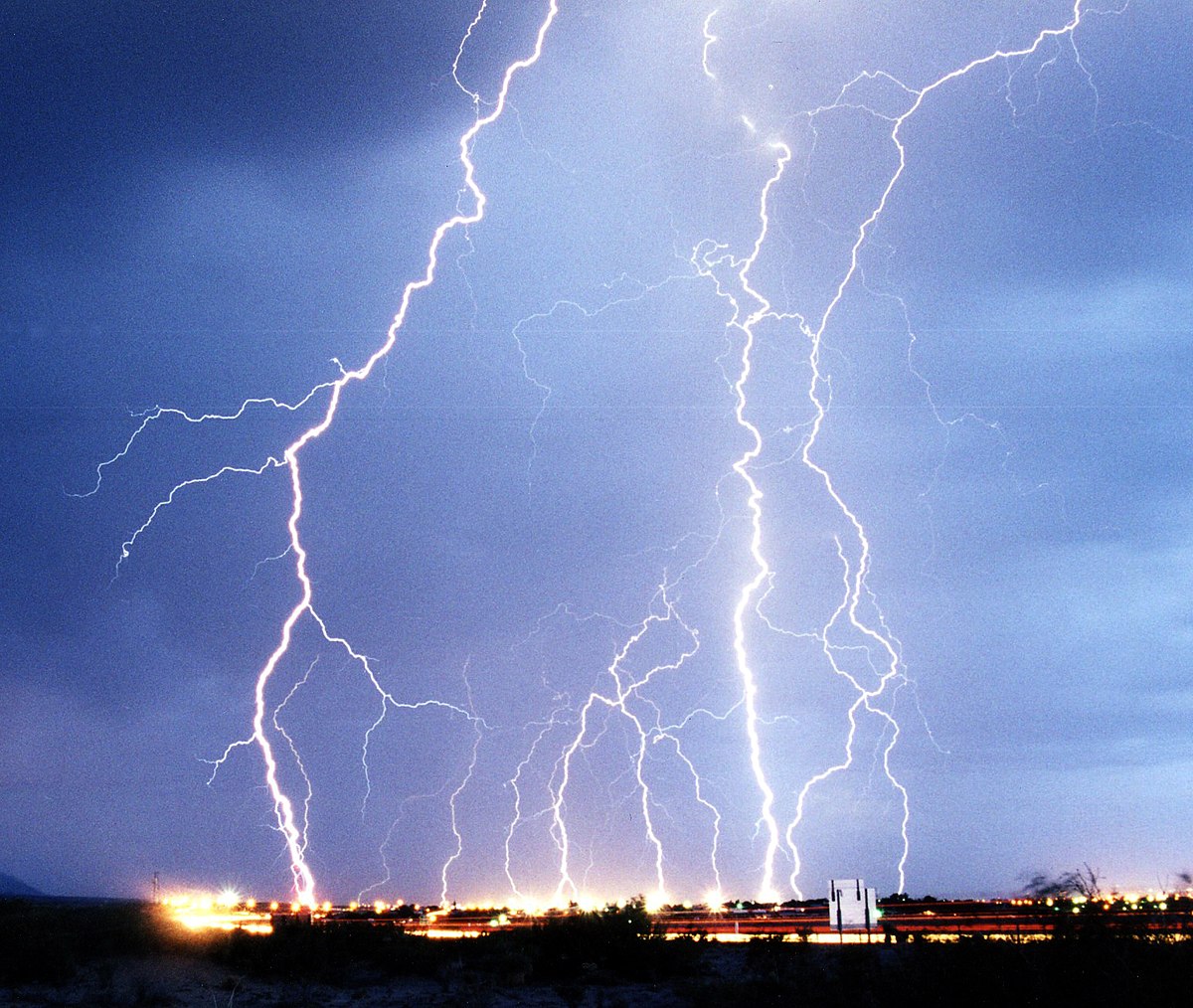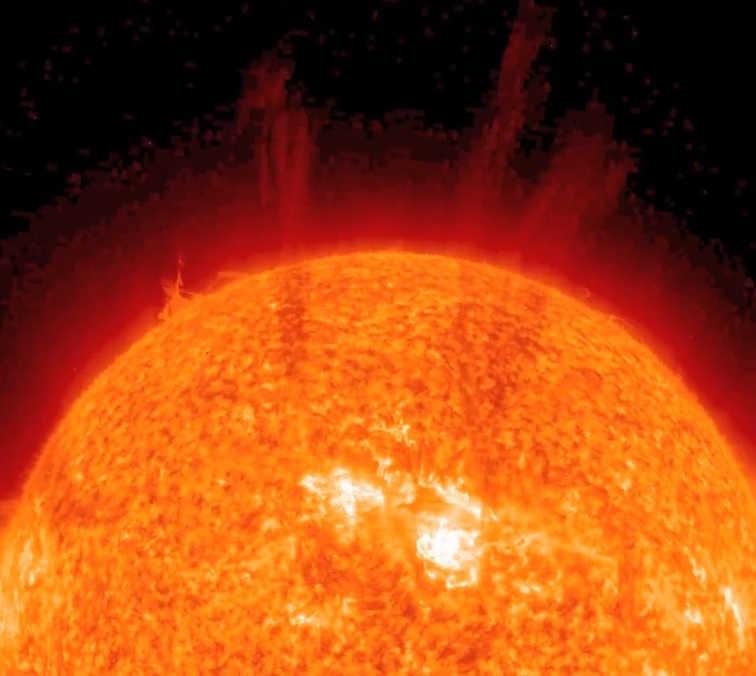What is Plasma?
Plasma is one of the four fundamental states of matter. It was first defined by chemist Irving Langmuir in the 1920s. It consists of a gas of ions (atoms that have some of their orbital electrons removed) and loose electrons.
The plasma state of matter and ionized gases have characteristics and behaviors unlike those of the other states. They aren't things that happen regularly on Earth because it takes a very special environment to keep plasmas going.
Plasma is usually very hot because it takes very high temperatures to break the links between electrons and the nuclei of the atoms. It is a better conductor of electricity than copper.
Types of Plasma
Based on the temperature and density of the environment that holds the plasma, partially or fully ionized forms of plasma may be produced. Examples of partially ionized plasmas are Neon signs and lightning. The depths of the Sun is an example of fully ionized plasma, along with stars.
Based on the relative temperatures of the electrons and ions, plasma is classified as - "thermal" or "non-thermal", where non-thermal are the cold ones. Thermal plasmas have electrons and heavy particles at the equivalent temperature.
Where to find a Plasma?
Natural plasmas are not found around that often because under normal terrestrial conditions the plasma phase of matter is quite rare, while man-made plasmas are everywhere.
Plasmas can be artificially produced by heating a neutral gas or subjecting it to a strong electromagnetic field. They are found in neon-lights and fluorescent lightbulbs, and plasma displays used for television(plasma tv) or computer screens. Lightning on Earth also creates plasma.

Almost 100% of the matter in the visible universe is believed to be plasma. The Earth's ionosphere is plasma and the magnetosphere contains plasma. Stars are mostly composed of plasma.


It is the best post for learning about the plasma state.
ReplyDelete